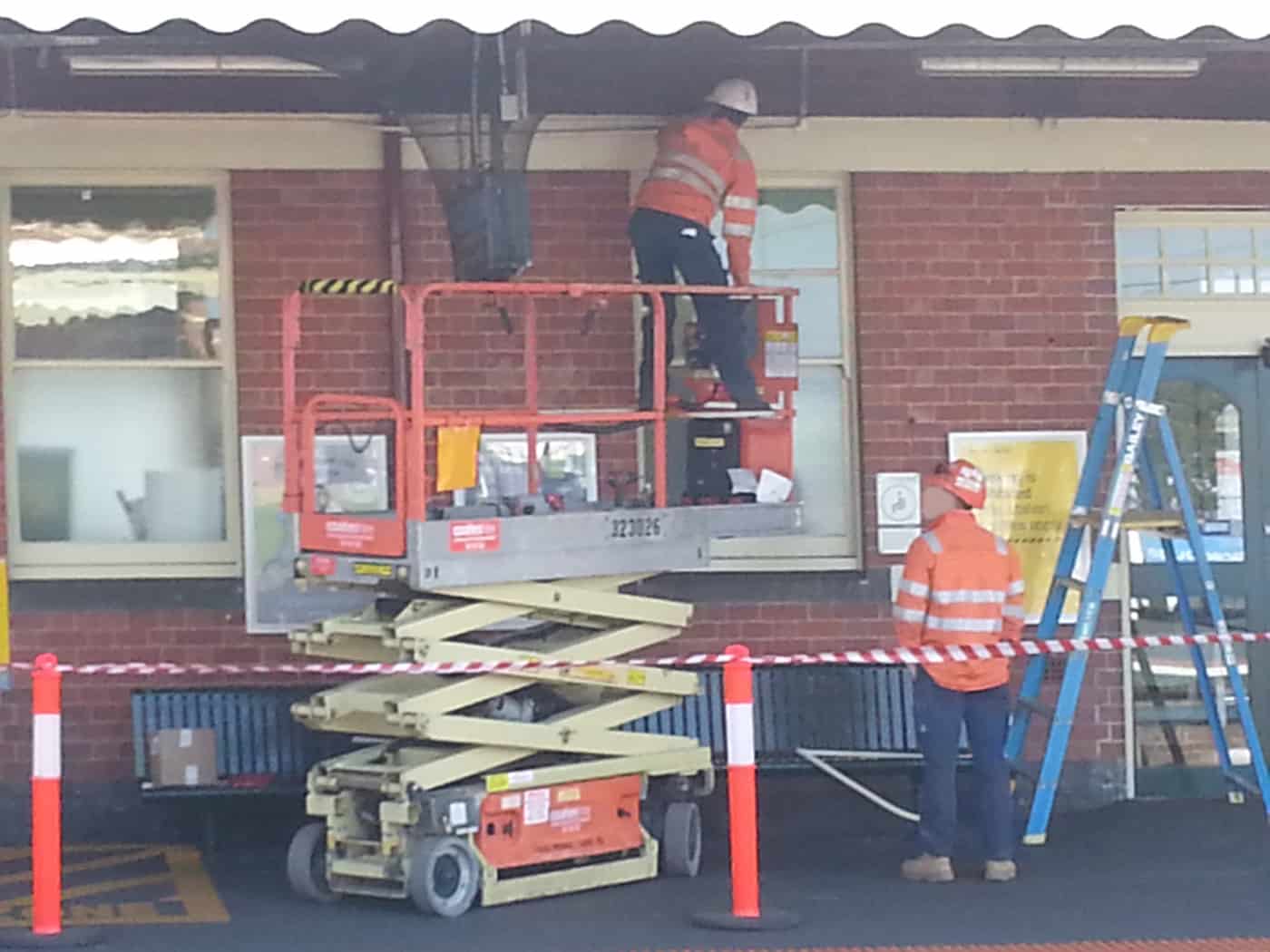Statistics released in Australia this week show a continuing decline in trade union membership. This has generated some reaction from the union movement but also some suggestions for the future. Trade unions are an integral element of occupational health and safety (OHS) policy setting.
Whether the union movement should continue to be part of the tripartite consultative structure on OHS is debatable given it can no longer claim to represent Australian workers based on the recent numbers. However it can continue to claim it represents the OHS interests of workers even though the majority of workers seem uninterested. Continue reading “Union numbers continue to fall but OHS influence should not”

 The
The 
